Research reveals coffee machines can harbour more bacteria than a toilet seat – how to avoid this
The (rather disgusting) truth about your coffee machine and how to avoid it from getting this bad
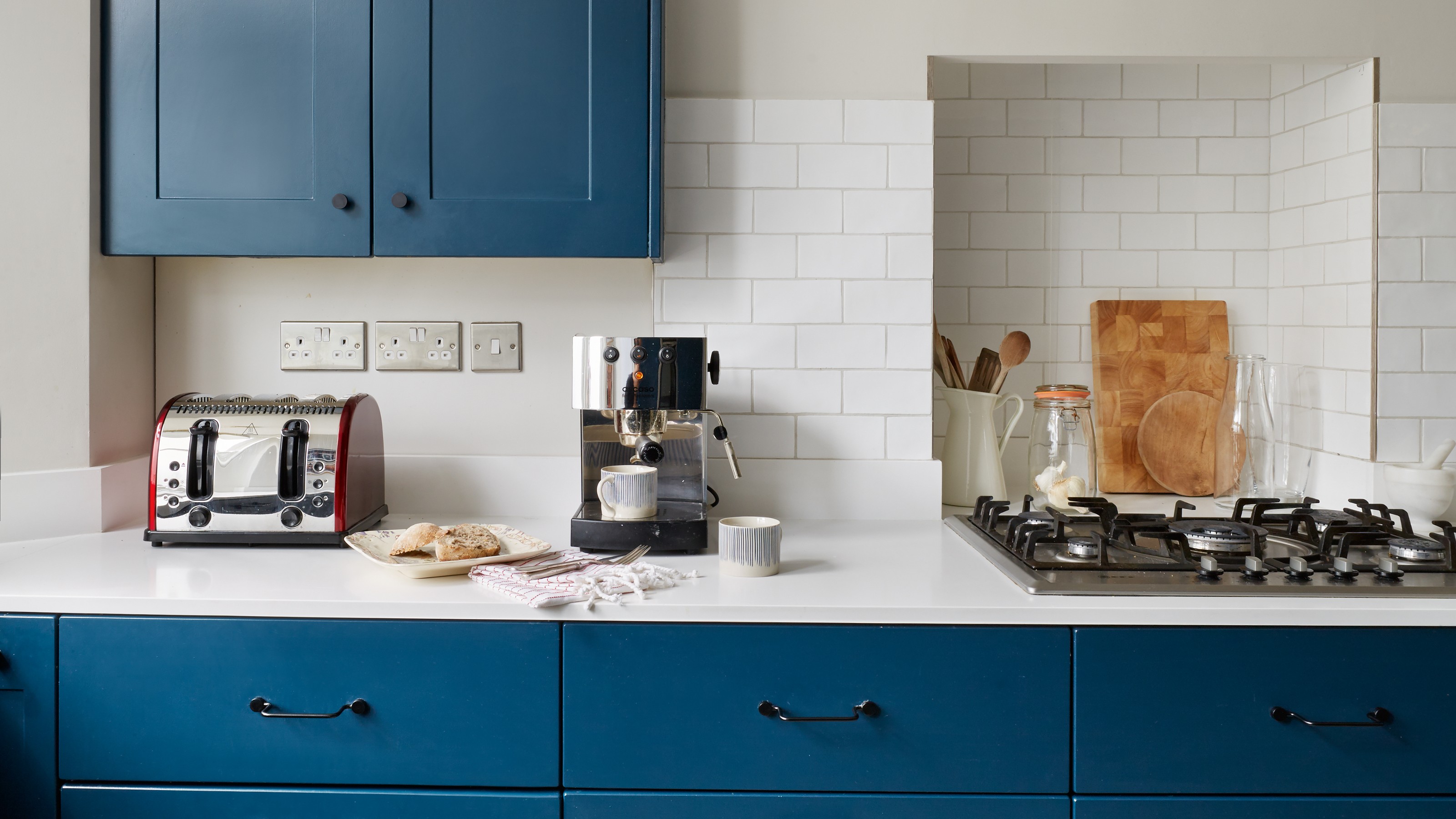

We all know that cleaning our kitchen appliances is important. But sometimes we need a little wake up call to show us just how essential a regular cleaning regimen really is. This time it came in the form of research showing that coffee machines can harbour more bacteria than a toilet seat.
The thing that I make my morning coffee in is dirtier than a toilet seat?! It’s shocking (and pretty disgusting) to hear. But yes, apparently even the best coffee machine can contain two times more bacteria than how much is usually found on a toilet seat.
But there are ways to prevent this from happening in your coffee maker if you follow a few expert tips on how to clean a coffee machine properly. And perhaps even more importantly, how often you should be cleaning it.
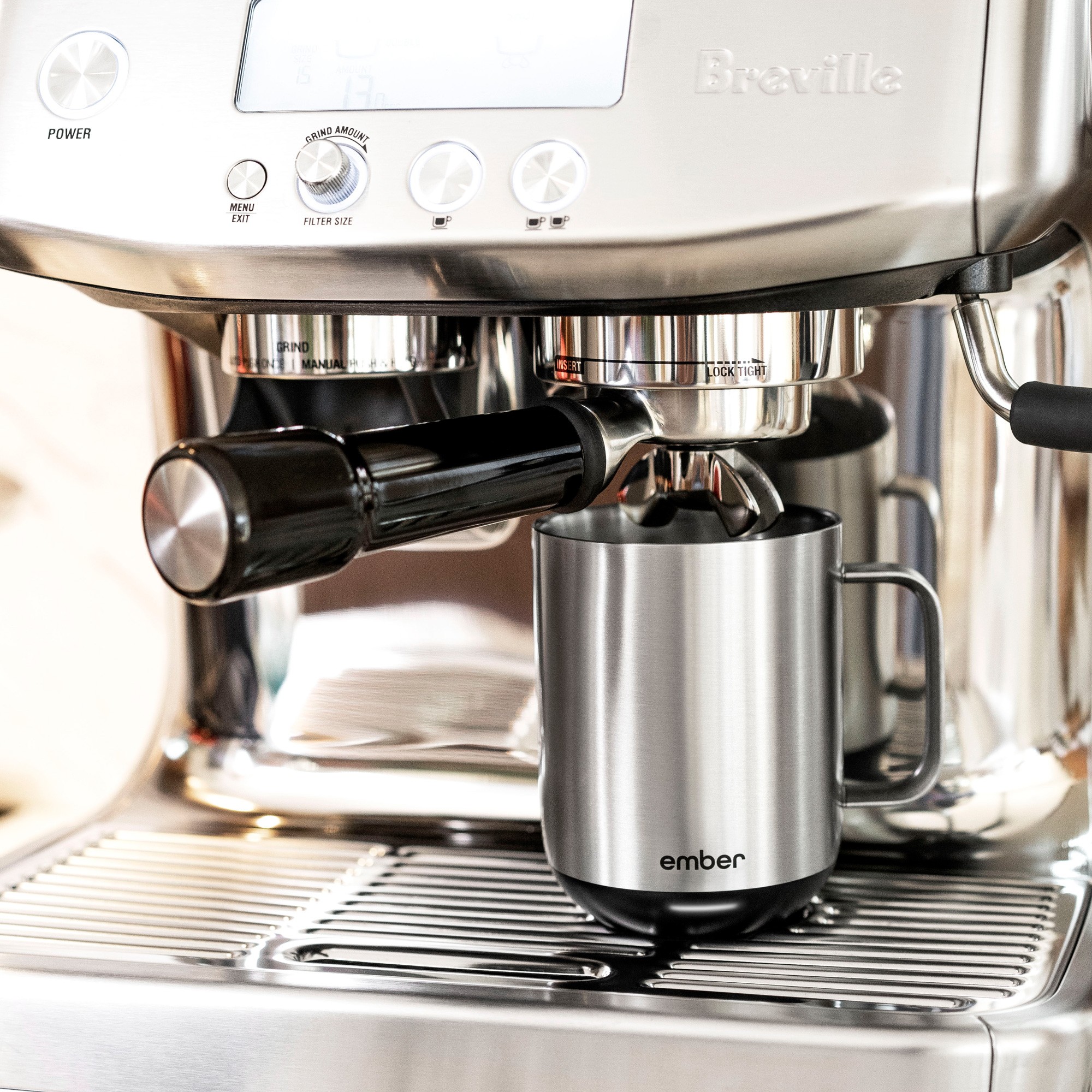
Bacteria growth in coffee machines
‘There has been research by a non-profit public health organisation which suggests that coffee makers can harbour two times more bacteria than toilet seats because the warm and damp environment inside a coffee maker creates an ideal breeding ground for microorganisms, including bacteria and mould,’ says Petya Holevich, Fantastic Services' domestic cleaning expert and supervisor.
‘Also, the combination of leftover coffee residue, water and the dark, enclosed space promotes bacterial growth.’
The research she refers to was done by NSF International, a public health and safety organisation.
But before you freak out, just know that the same is said about socks and it’s also a known fact that coffee grounds can often grow mould. If that’s any consolation (probably not).
Get the Ideal Home Newsletter
Sign up to our newsletter for style and decor inspiration, house makeovers, project advice and more.
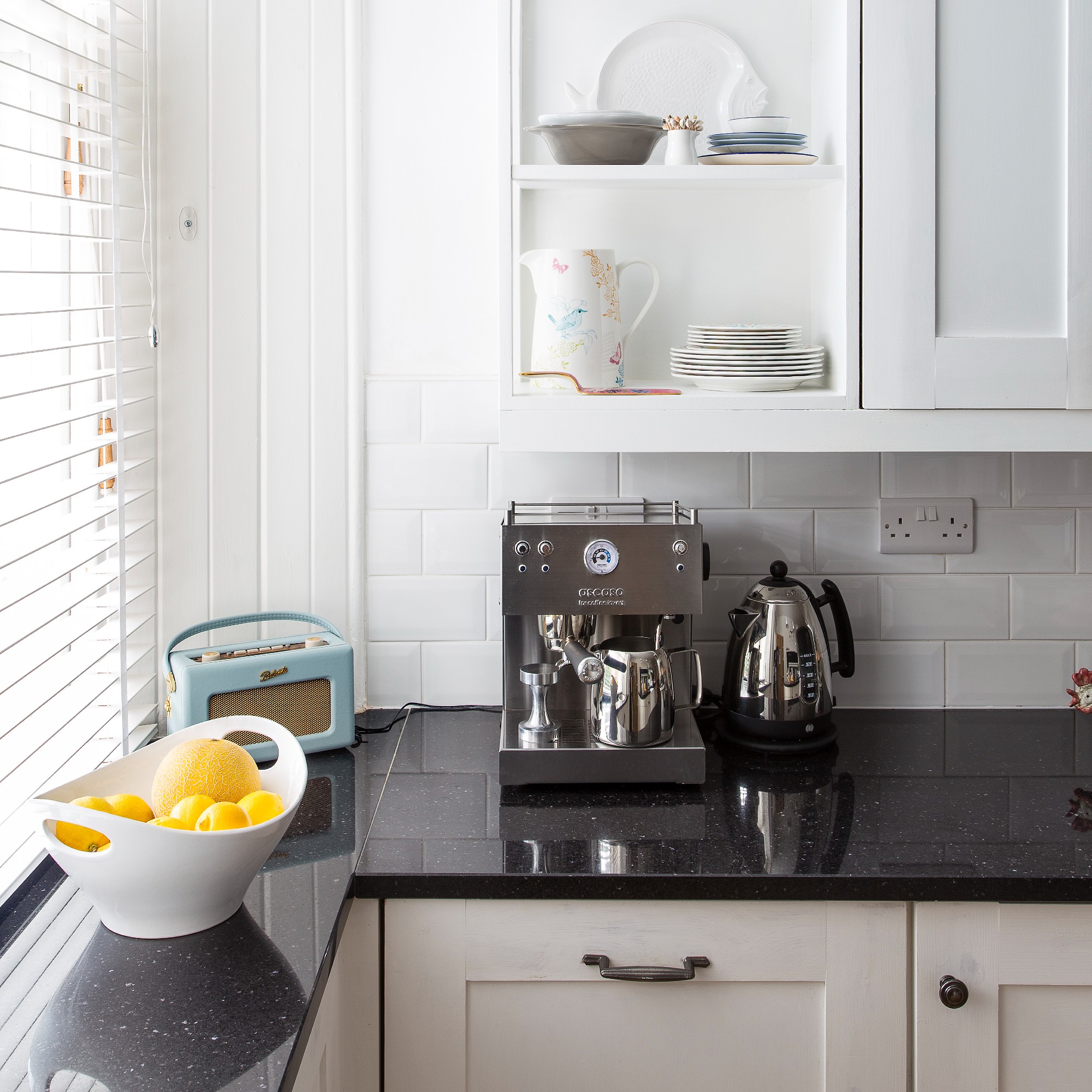
Luckily, there is an easy solution so that your coffee machine gets to such a level of dirt. And that’s a proper and regular cleaning routine. So knowing how to clean your Nespresso machine (or whichever you own) is crucial. As is doing it often enough.
‘Ideally you should be rinsing out the carafe, filter basket, and any removable parts daily to minimise any build up,’ says Thea Whyte, coffee machine expert at AO.com. ‘Once you’ve rinsed them, allow the parts to air dry so that any moisture is reduced. However, if you’re unable to commit to daily cleaning, then a deep clean once a week will do.’
And you don’t even need any specialised cleaners to perform your deep clean as coffee machines are one of the things you can be cleaning with white vinegar.
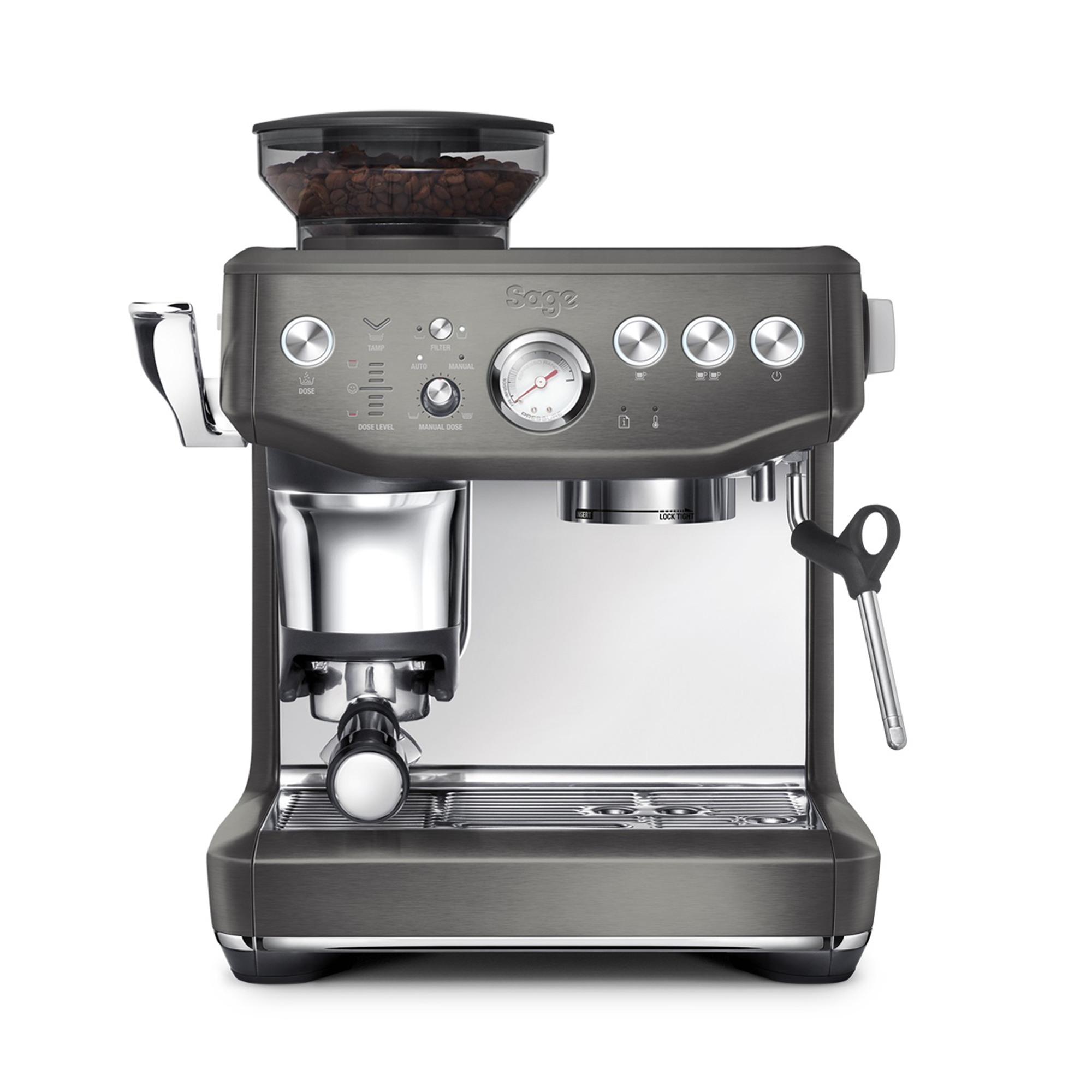
This isn't a coffee machine in most budgets, but it might be one to daydream about or save towards if not - thanks to just how incredibly good it is at making coffee. The unique selling point of this particular machine is the in-built grinder to give you elevated control over your cup of coffee.
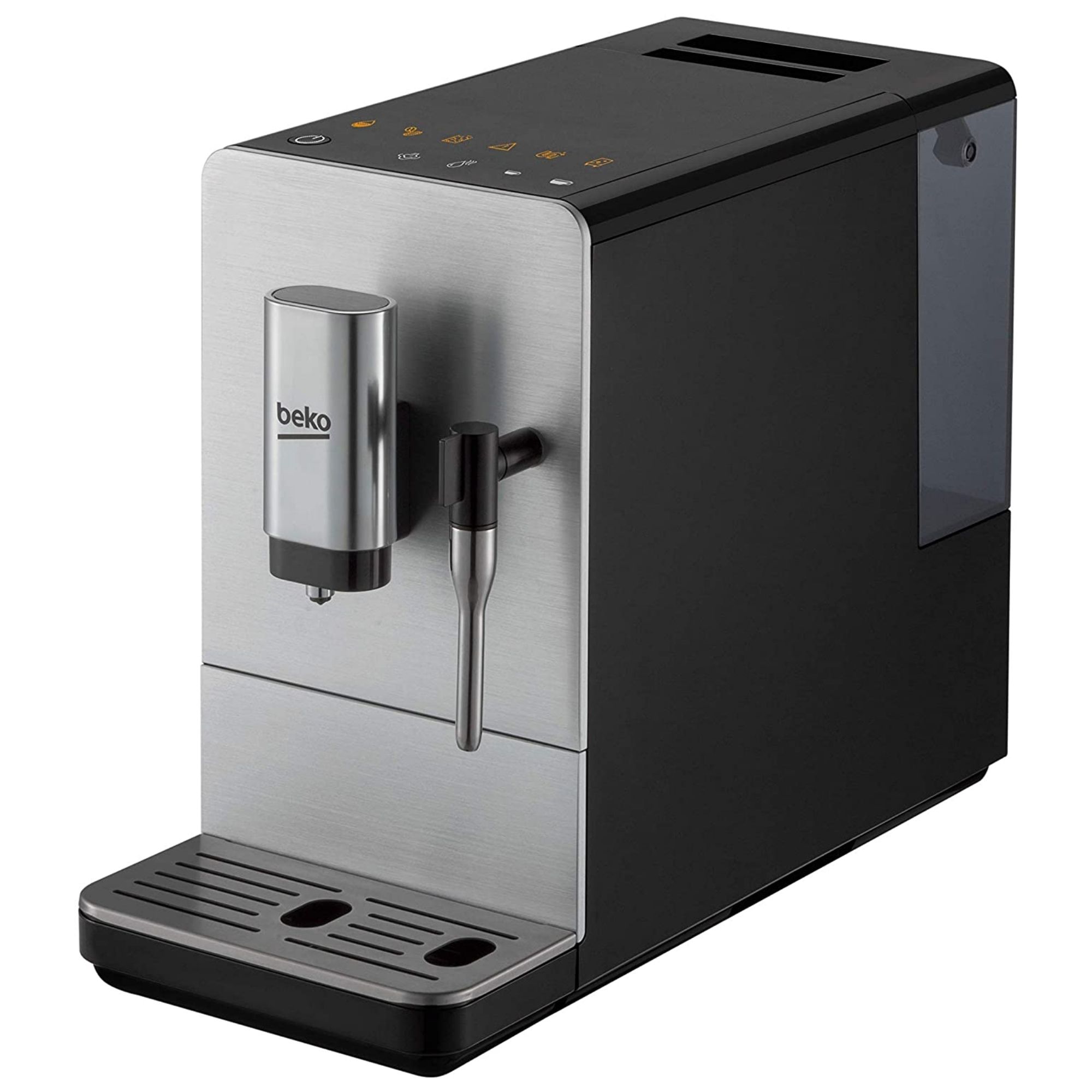
The Beko CEG5311X Bean to Cup is guaranteed to deliver you great value whilst making coffee at home. This is an all-in-one system for everything from espresso shots to cappuccinos. You can adjust the height of the spout to adjust whichever cup size you want to use, and save custom drink preferences for early morning coffees.
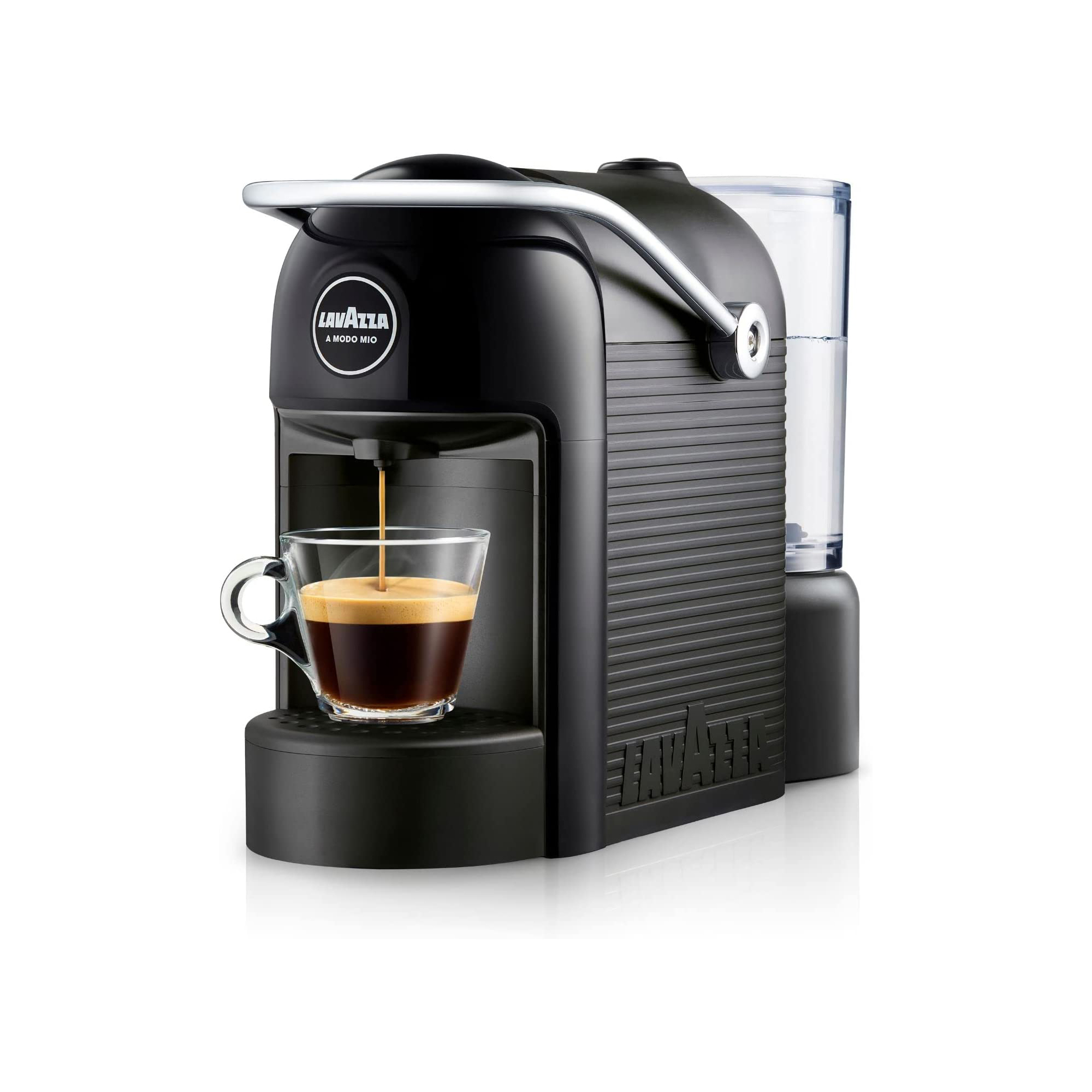
If you value a good quality espresso and have less than £100 to spend the Lavazza A Modo Mio Jolie is a top choice. It comes in a range of dashing shades and sits pretty on any kitchen counter. The pods are recyclable, albeit through Lavazza's slightly complicated scheme, and the machine is very easy to use.
‘For a deep clean, simply run a solution of water and white vinegar through the coffee machine – this helps to descale and disinfect the internal components. Afterwards, run a few cycles of plain water to remove any vinegar residue,’ Thea advises.
‘It's also important to descale your coffee maker regularly to remove mineral deposits that may encourage bacterial growth,’ she concludes.
No filthy coffee machines to be found here!

Sara Hesikova has been a Content Editor at Ideal Home since June 2024, starting at the title as a News Writer in July 2023. She is now also the Ideal Home Certified Expert in Training on Furniture, and so far has tested 80 different sofas.
Graduating from London College of Fashion with a bachelor’s degree in fashion journalism in 2016, she got her start in niche fashion and lifestyle magazines like Glass and Alvar as a writer and editor before making the leap into interiors, working with the likes of 91 Magazine and copywriting for luxury bed linen brand Yves Delorme among others.
-
 Will a conservatory add value to your home and how can you maximise it?
Will a conservatory add value to your home and how can you maximise it?This is what the pros say
By Amy Reeves
-
 I’ve been looking for a new signature scent for my home and The White Company's new fragrance is the exact summer holiday smell I needed
I’ve been looking for a new signature scent for my home and The White Company's new fragrance is the exact summer holiday smell I neededSantorini smells fresh, summery and sophisticated
By Kezia Reynolds
-
 How to remove algae from garden walls in five steps – and the cleaning product experts rave about for tackling it fast
How to remove algae from garden walls in five steps – and the cleaning product experts rave about for tackling it fastExperts share their top tips for getting garden walls algae-free
By Katie Sims